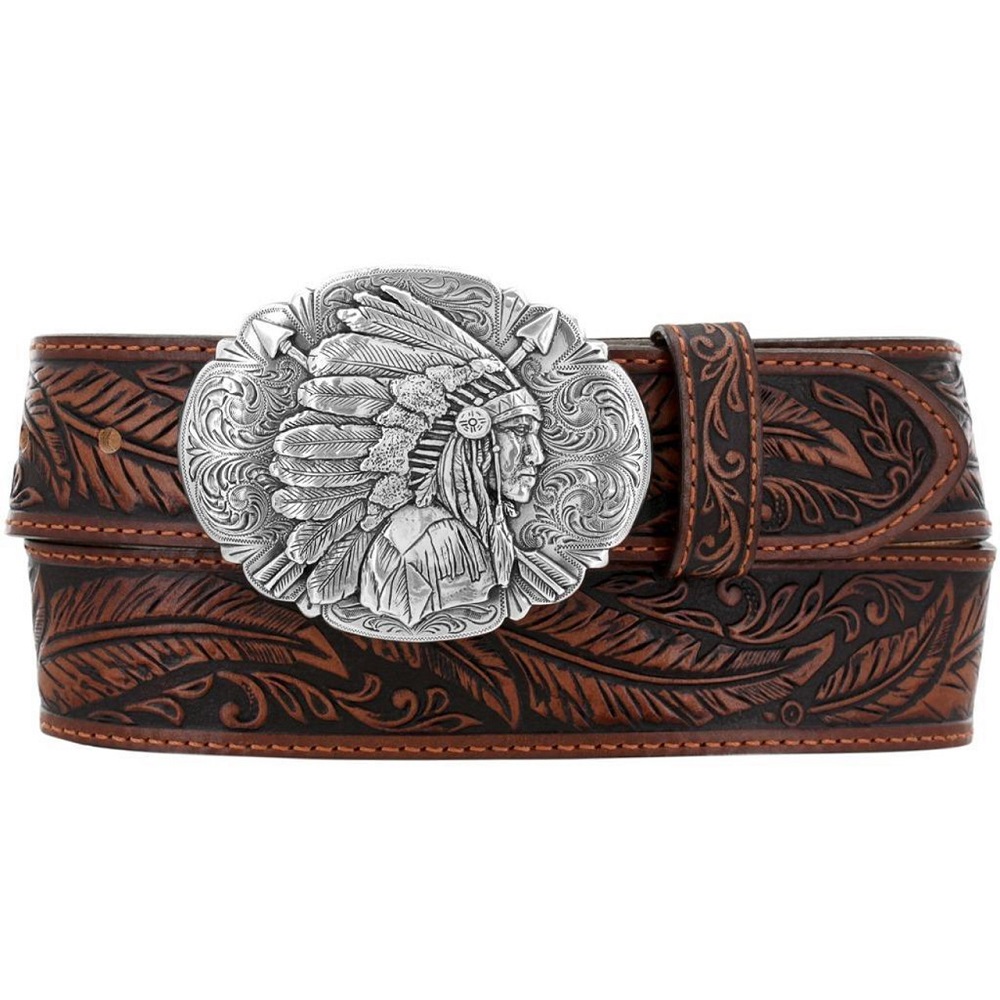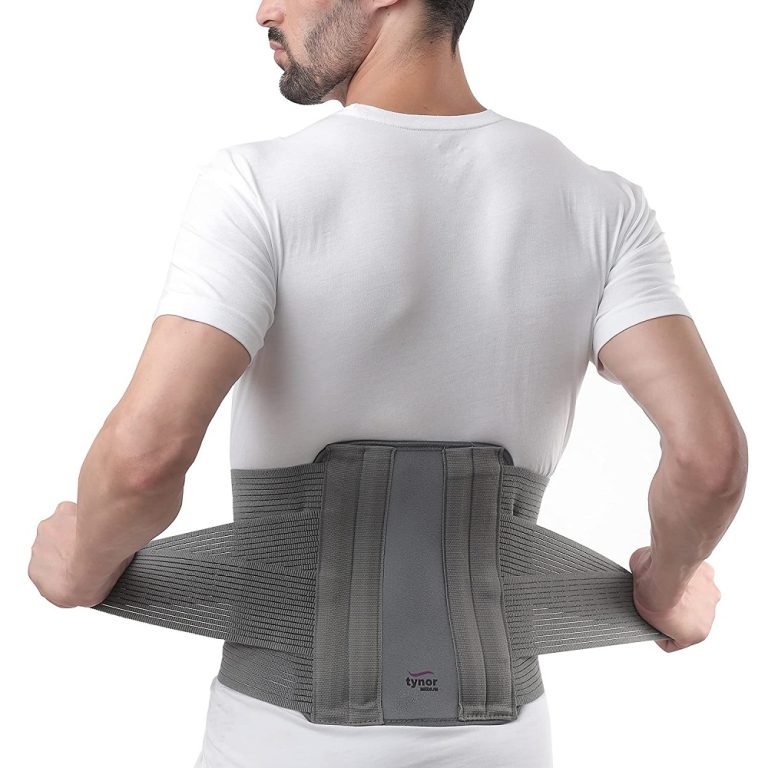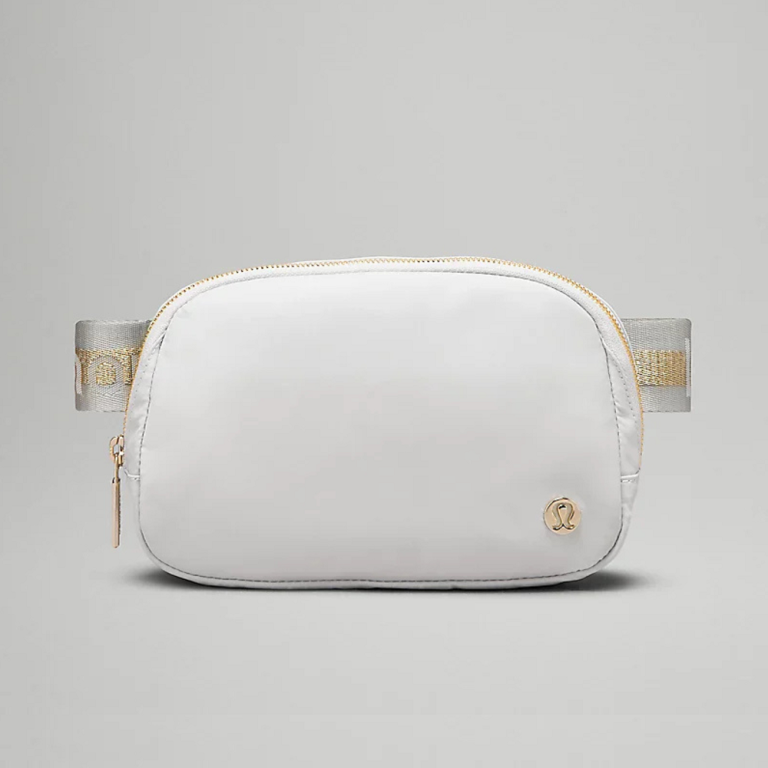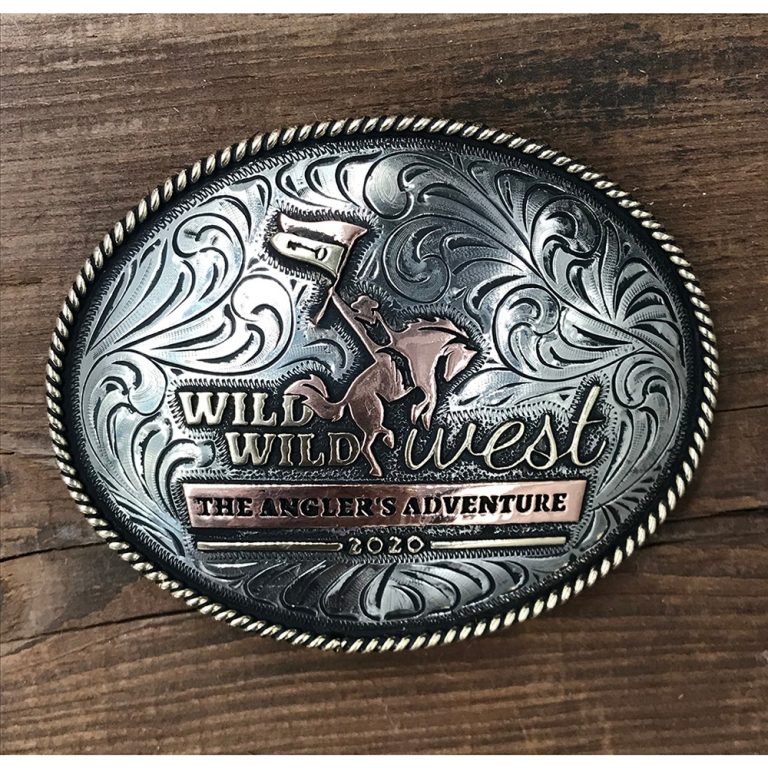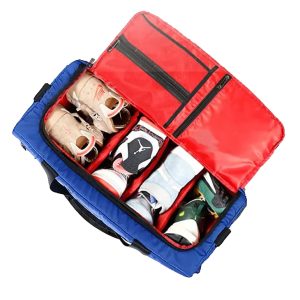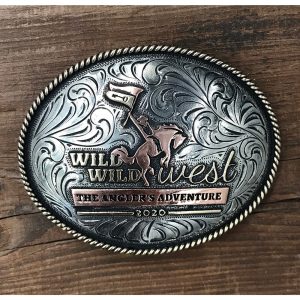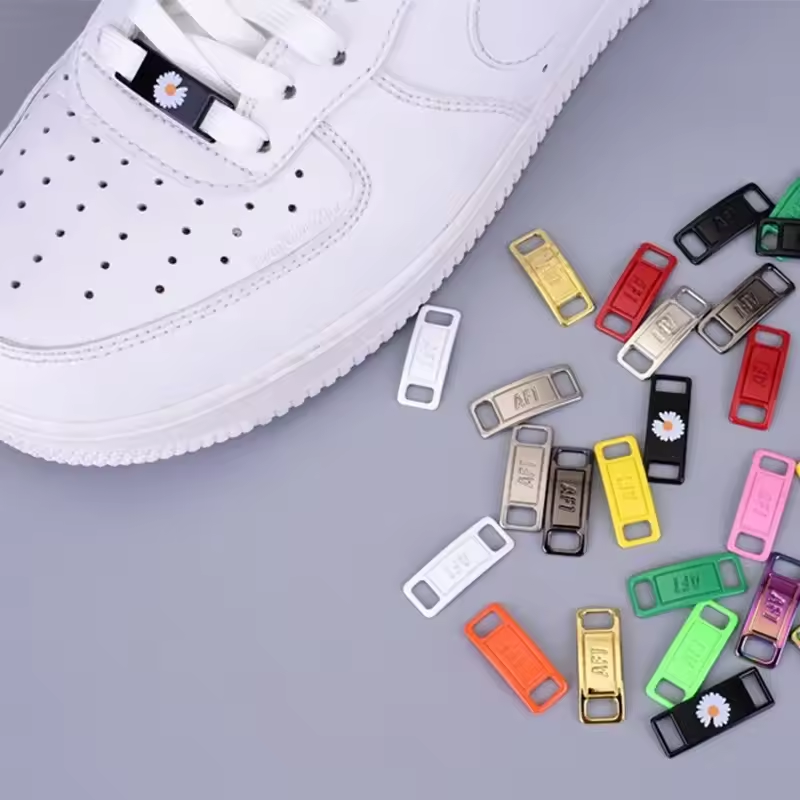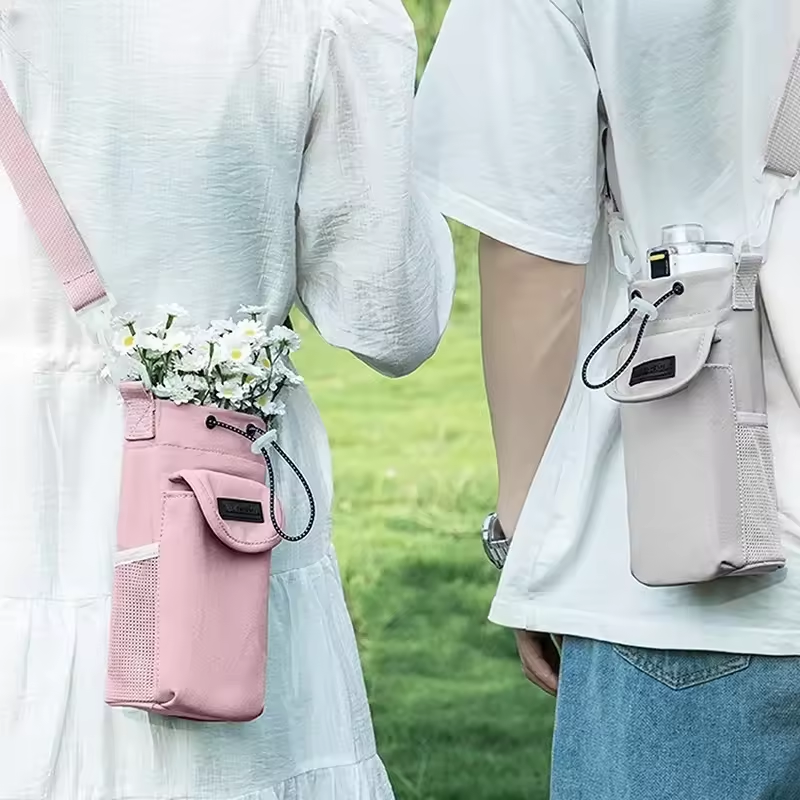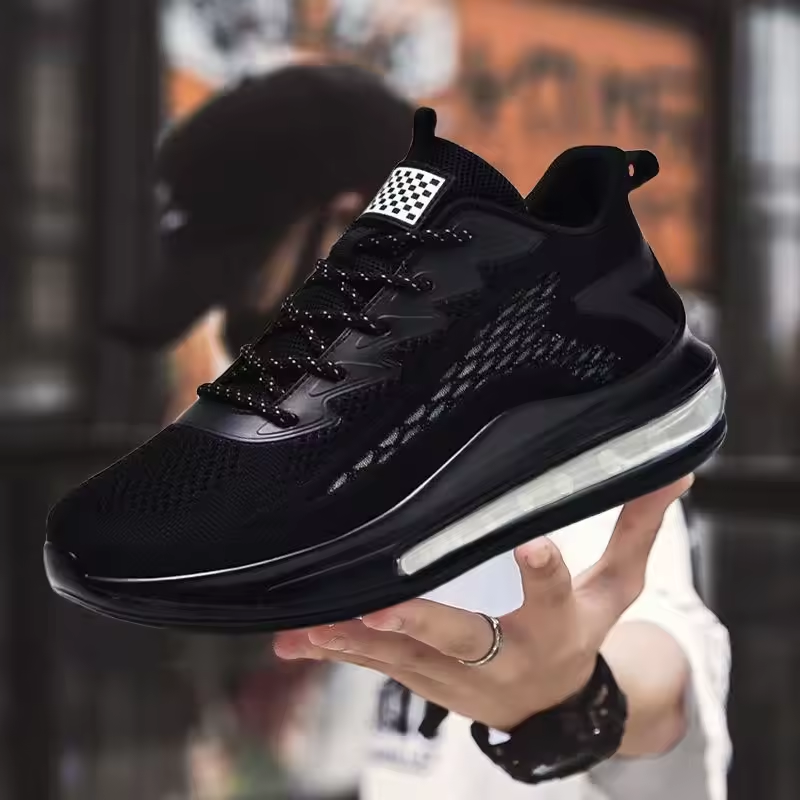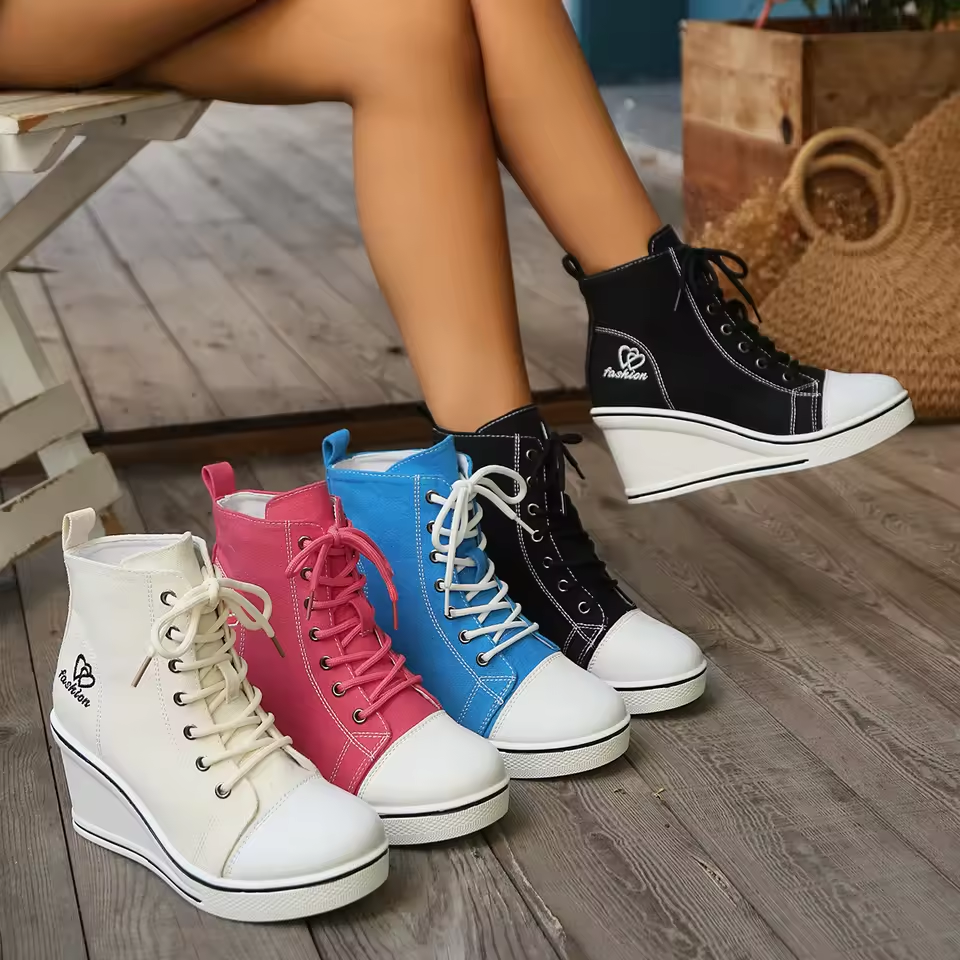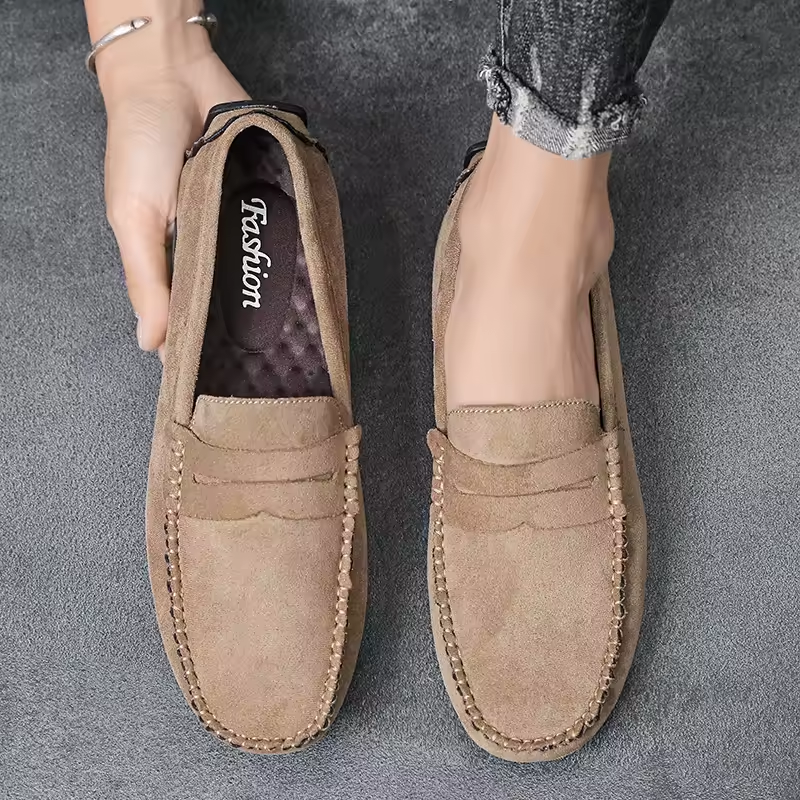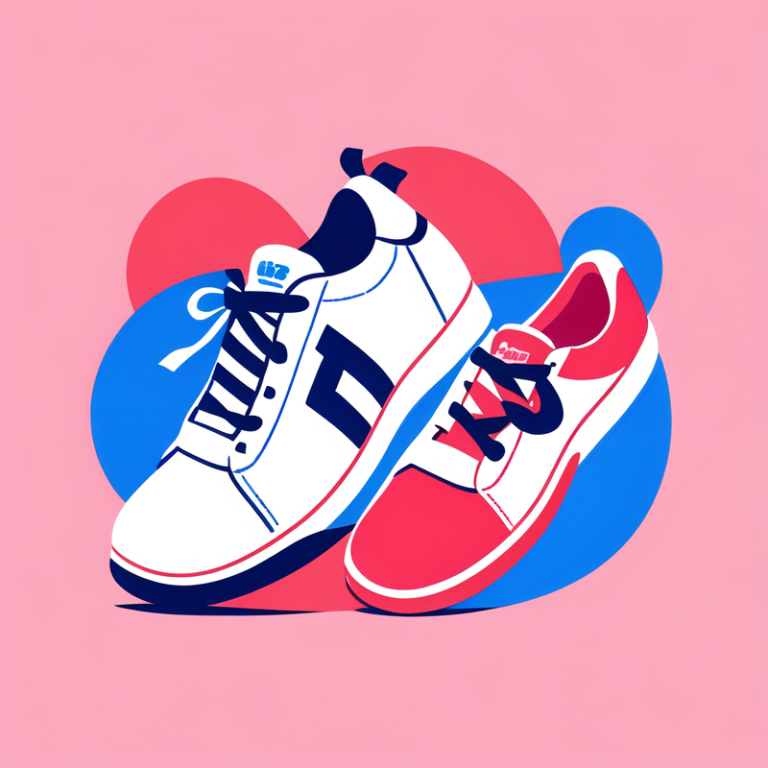Western belts hold a special place in the hearts of many, particularly those who appreciate the history and culture of the American West. These belts are more than just practical accessories; they symbolize a lifestyle and reflect personal style. The quality of materials and craftsmanship plays a significant role in the overall appeal and durability of a Western belt. This guide will delve into the various materials used in Western belt production, the significance of craftsmanship, and how to choose the right belt for your needs.
The Significance of Belts
A Symbol of Culture
Western belts are not just functional pieces of clothing; they are also steeped in history and tradition. They have become symbols of western culture, often associated with cowboys, ranchers, and rodeo enthusiasts. The rugged lifestyle of the American West is embodied in the design and craftsmanship of these belts. Wearing a Western belt often evokes a sense of connection to this rich heritage.
The design of a Western belt often includes unique elements that pay homage to the past. Elements like intricate tooling, embossed designs, and embellishments such as conchos tell a story of tradition and pride. Many people wear Western belts to express their identity and connect with the values represented by the culture of the American West.
Functionality Meets Fashion
Beyond their cultural significance, Western belts are highly functional. They provide support for snugging up pants and can hold holsters, tools, and other accessories. A sturdy Western belt, made from high-quality materials, can serve for years without showing signs of wear. This blend of functionality and aesthetic appeal makes them popular among various demographic groups, from ranch workers to fashion-forward individuals.
In modern fashion, Western belts are versatile accessories that can complement a variety of styles. They pair well with jeans, dresses, and even formal attire if styled correctly. Their ability to enhance outfits while serving practical purposes makes them essential for many wardrobes.
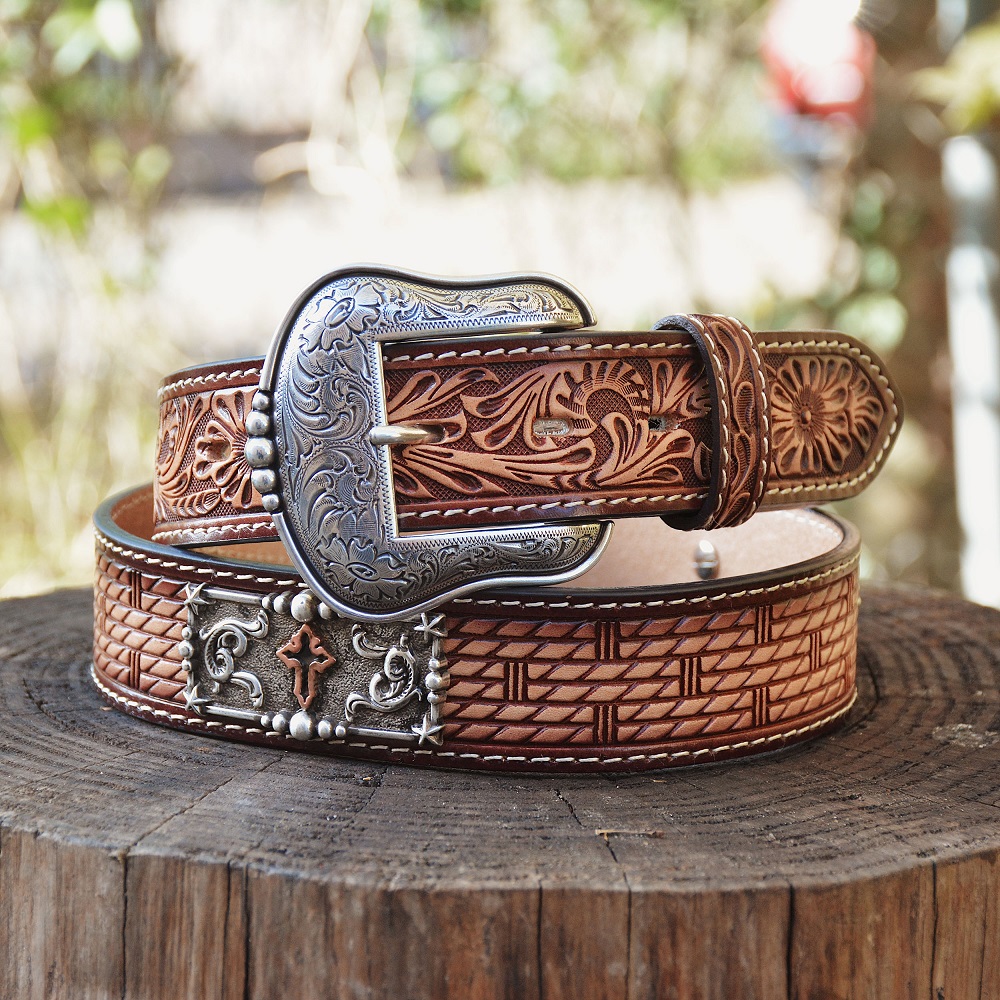
Materials Used in Belts
Leather: The Traditional Choice
Leather is the most common material used in Western belts. It is favored for its durability, flexibility, and timeless aesthetic. Different types of leather can be used, each offering unique characteristics. Full-grain leather, for example, is the highest quality and retains the natural surface of the hide. It ages beautifully and develops a rich patina over time.
Top-grain leather is another popular option. It is slightly less durable than full-grain but still offers excellent quality at a more affordable price. Chemical-treated leather is another alternative, though its longevity and appearance might not match that of natural options. When choosing leather belts, it’s essential to consider the type of leather and how it aligns with your personal preferences.
Alternative Materials
While leather reigns supreme, other materials can also be found in Western belts. Synthetic materials, such as faux leather and nylon, offer affordable and animal-friendly alternatives. These materials can be durable and easy to clean, making them functional for everyday use. However, they lack the authentic aesthetic and character that genuine leather provides.
Additionally, some Western belts incorporate unique features like decorative metal accents or beaded designs. These materials add flair and can enhance the visual appeal of a belt, making it stand out as a fashion piece. Understanding the various materials available can help you choose a Western belt that meets your functional needs and personal style.
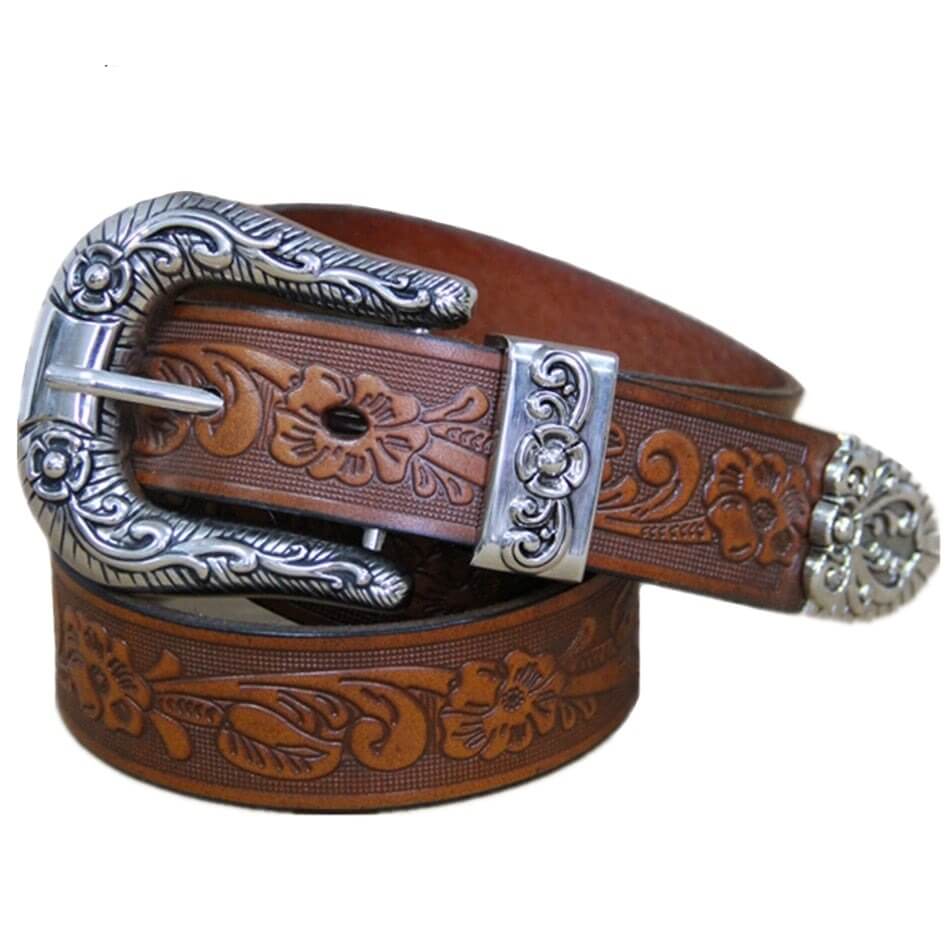
The Craftsmanship Behind Western Belts
Handcrafted Techniques
The craftsmanship of a Western belt is just as important as the materials used. Many high-quality Western belts are handcrafted by skilled artisans. This attention to detail ensures that each piece is unique and made to last. Expert crafters take great care in selecting the right hides, cutting the leather, and sewing the pieces together.
Tools such as stitching awls, edge tools, and stamps are often employed to achieve various textures and designs. Hand-stamping techniques can create intricate patterns that enhance the overall appearance of the belt. The craftsmanship can significantly contribute to the belt’s durability and aesthetic value.
Quality Control
Quality control is also crucial in the crafting process. Builders and craftsmen inspect each belt to ensure that it meets certain standards. This includes checking for uniformity, secure stitching, and overall appearance. A well-crafted belt not only looks good but also functions well over time.
Artisans may also offer customization options, allowing you to create a personalized belt that reflects your style. This can include custom sizing, designs, or specific hardware choices. Custom craftsmanship adds an extra layer of value, making the belt truly unique.

Styles of Western Belts
Classic Western Design
The classic Western belt design is characterized by its wide silhouette and distinctive buckle. These belts typically feature decorative elements such as tooling, embossed designs, or intricate stitching. Classic styles often showcase traditional western motifs, including stars, horseshoes, or floral patterns.
The buckles themselves can vary in size and design, ranging from simple to ornate. Large, engraved buckles can serve as statement pieces, drawing attention and adding character to your belt. Understanding the aesthetics of classic Western belts can help you choose one that resonates with your personal style and integrates seamlessly into your wardrobe.
Modern Interpretations
While traditional designs remain popular, modern interpretations of Western belts have gained traction. These belts often incorporate contemporary materials and minimalist designs. Some modern belts focus on clean lines and subtle embellishments, appealing to those who prefer understated elegance.
Additionally, newer brands are experimenting with innovative materials and sustainable practices. These modern belts often include eco-friendly leather alternatives or ethically sourced materials. The blend of tradition with contemporary elements allows for various styles, ensuring that there’s a perfect Western belt for everyone.
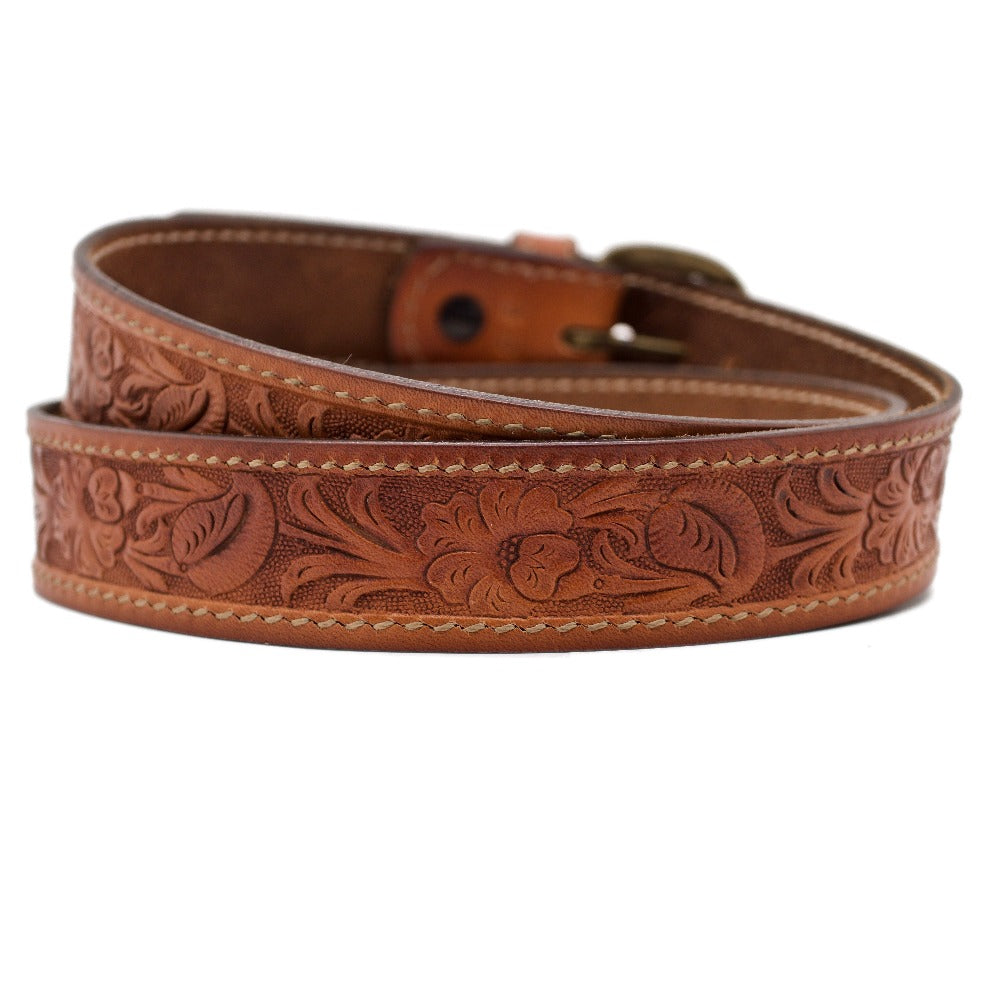
Choosing the Right Belt
Consider Your Needs
When selecting a Western belt, it’s essential to consider your specific needs. Determine how you plan to use the belt—is it for daily wear, special occasions, or as part of a costume? Understanding its intended use will inform your choices regarding materials, size, and style.
For example, if you’re looking for a sturdy belt for everyday use, select a durable leather option that allows flexibility and comfort. Conversely, if you need a belt for a formal occasion, consider choosing one with a polished buckle and elegant design elements.
Sizing and Fit
Sizing is another critical factor when selecting a Western belt. Many belts have a sizing chart based on waist measurements. It’s advisable to measure your waist accurately to determine the appropriate size. A well-fitting belt should fit comfortably while still allowing for some adjustments.
Keep in mind that some Western belts come in specific lengths, and others offer a more adjustable fit. Trying on different sizes can help you find the best fit and ensure you select a belt that feels comfortable for extended wear.
Caring for Your Belt
Maintenance Techniques
To keep your Western belt looking good and functioning well, proper care is essential. Regular cleaning is important, particularly for leather belts. To clean a leather belt, use a damp cloth to remove dirt and moisture build-up. Avoid using harsh chemicals that can damage the leather.
Applying a leather conditioner helps maintain its suppleness and sheen. Conditioning prevents cracking and prolongs the life of the belt. It’s also important to store the belt in a cool, dry place, preferably hanging or laid flat to prevent creasing.
Repairing Damage
Even the best belts can experience wear over time. If your Western belt shows signs of damage such as scratches or loose stitching, consider repairing it instead of replacing it. Many artisans offer repair services, where they can address issues like re-stitching or restoring the leather to its original condition.
Taking care of minor damage promptly can prevent further deterioration and extend the longevity of the belt. By investing in its maintenance, you ensure that your Western belt continues to serve you well, retaining its charm for years to come.
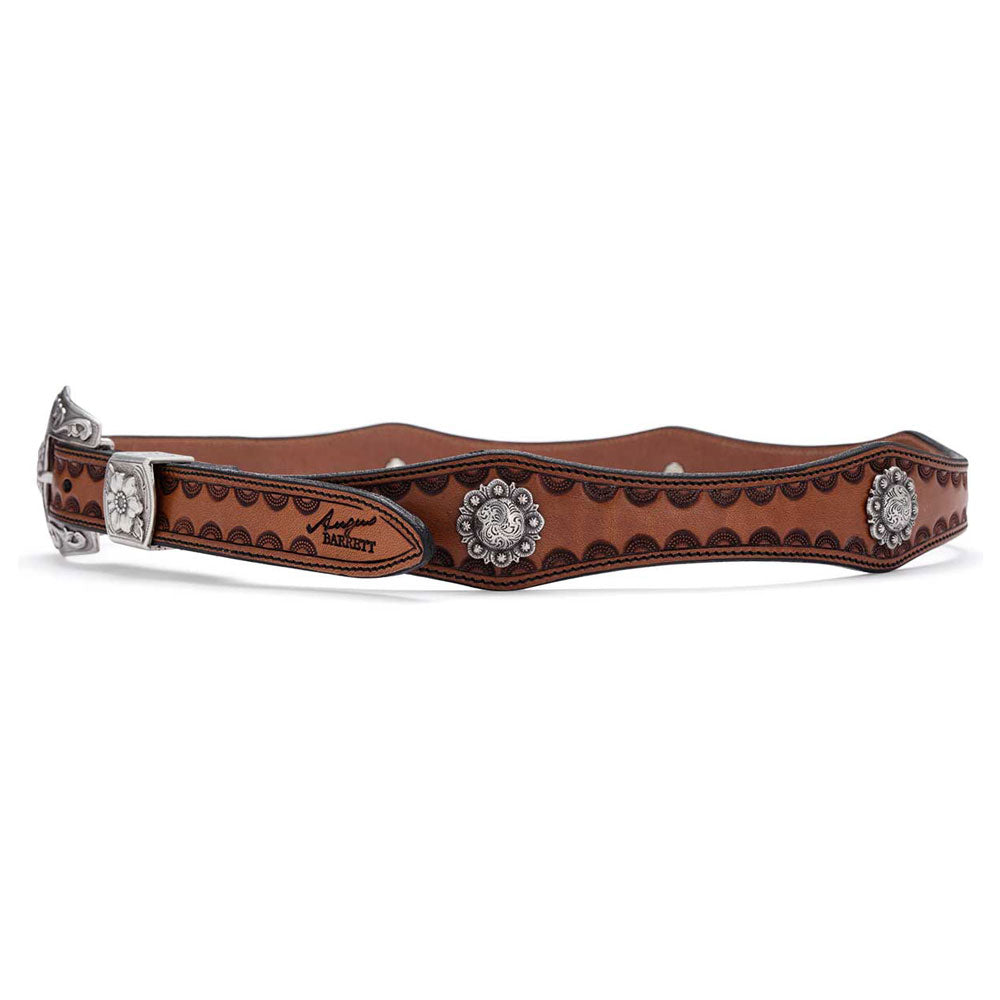
The Final Statement: Why Invest in a Belt
A Valuable Addition to Your Wardrobe
Investing in a high-quality Western belt is more than a purchase; it is an investment in your personal style and a practical accessory. The right belt can significantly enhance your wardrobe, providing versatility across numerous outfits. Whether you need a rugged belt for outdoor activities or a stylish option for events, a well-crafted Western belt can meet those demands.
Moreover, custom or handcrafted belts present an opportunity for personal expression. A unique design can make a bold statement and set you apart from others. This individuality often resonates with others who appreciate the artistry behind a well-made accessory.
A Lasting Legacy
In conclusion, Western belts are iconic accessories that combine form and function. The materials used, coupled with expert craftsmanship, create products that stand the test of time. As you explore the world of Western belts, consider what best fits your lifestyle and aesthetics. With the right choice, you can embrace the spirit of the West while adding a functional and stylish element to your attire. Celebrate your connection to this culture and enjoy the lasting legacy of a fine Western belt.
